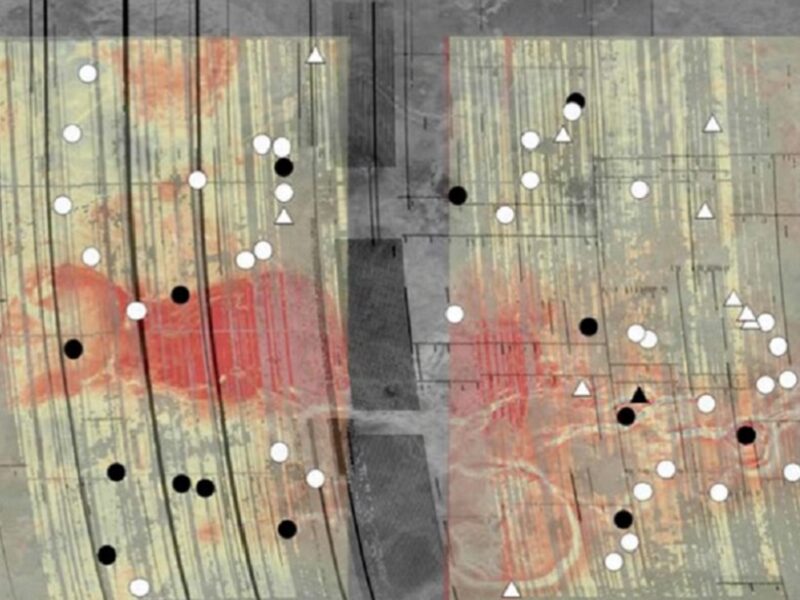
How does Venus, a planet similar in size to the Earth, lose heat? This question is at the heart of a long-standing conundrum of how these two planets of similar make up became so starkly different. O’Rourke and Smrekar [2018] investigate this important question by analyzing a set of enigmatic features known as coronae. These coronae are known for their quasi-circular shapes with rings of fractures and association with volcanism. Using a topography dataset that was recently derived from archived NASA Magellan mission radar data, the authors determine the thickness of the portion of the surface than flexes like a rigid plate (called the elastic thickness) due to the forces provided by the coronae. This thickness is directly related to the amount of heat emanating from the planet at these locations, and hence the shape due to the flexing is an indicator of how Venus loses heat. Their analysis indicates that the heat loss from most coronae exceeds the average expected on Venus, often by a factor of two or more. While coronae only cover approximately four percent of the surface of the planet, O’Rourke and Smrekar find that they may account for 25 percent or more of the total heat loss. Thus, coronae are a crucial component of how Venus loses heat and how its surface and interior evolves.
Citation: O’Rourke J.G., and S.E. Smrekar [2018], Signatures of lithospheric flexure and elevated heat flow in stereo topography at coronae on Venus, Journal of Geophysical Research: Planets, 123, http://doi.org/10.1002/2017JE005358
—Steven A. Hauck II, Editor-in-Chief, JGR: Planets
from Eos https://eos.org/editor-highlights/elevated-heat-flow-at-coronae-on-venus?utm_source=rss&utm_medium=rss&utm_content=elevated-heat-flow-at-coronae-on-venus
via IFTTT

